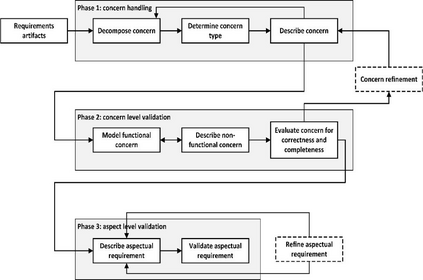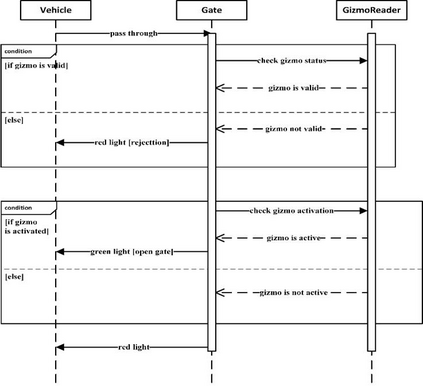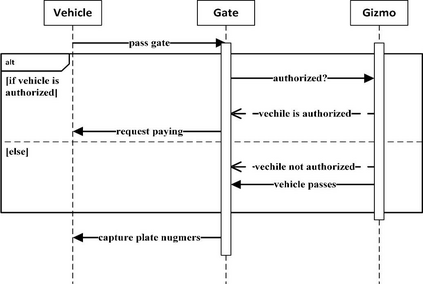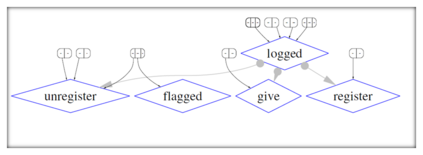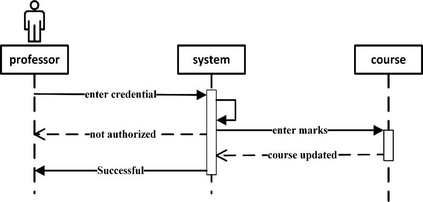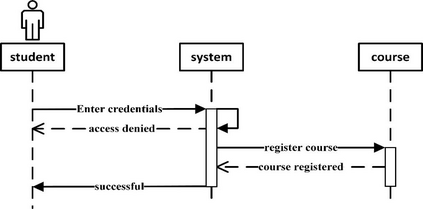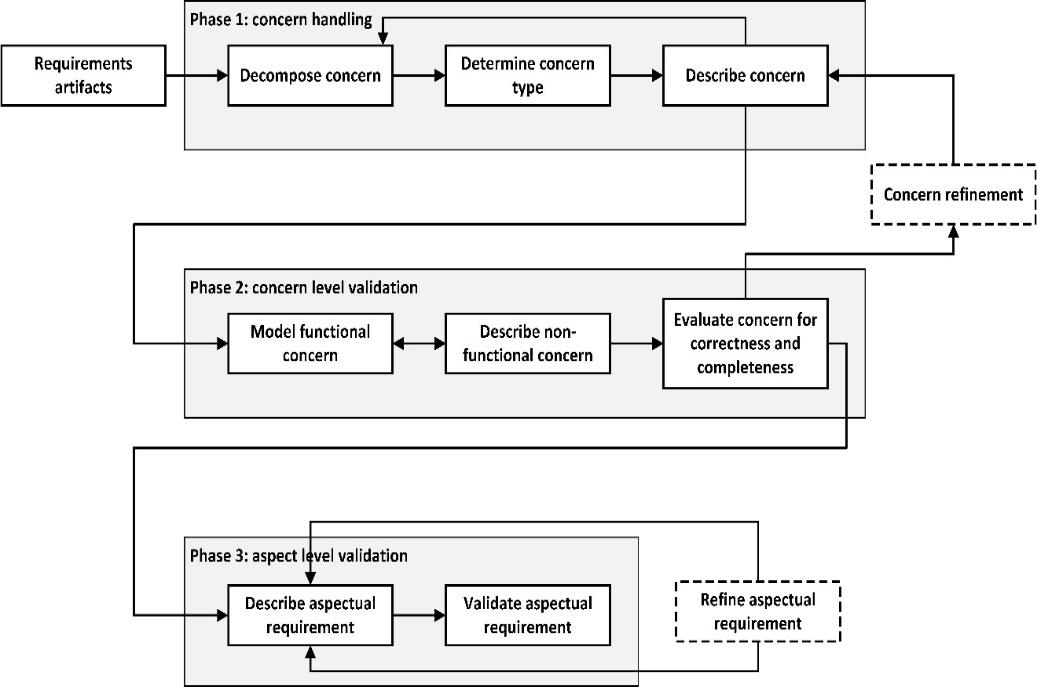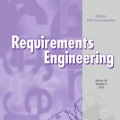Requirements engineering is a discipline of software engineering that is concerned with the identification and handling of user and system requirements. Aspect-Oriented Requirements Engineering (AORE) extends the existing requirements engineering approaches to cope with the issue of tangling and scattering resulted from crosscutting concerns. Crosscutting concerns are considered as potential aspects and can lead to the phenomena tyranny of the dominant decomposition. Requirements-level aspects are responsible for producing scattered and tangled descriptions of requirements in the requirements document. Validation of requirements artefacts is an essential task in software development. This task ensures that requirements are correct and valid in terms of completeness and consistency, hence, reducing the development cost, maintenance and establish an approximately correct estimate of effort and completion time of the project. In this paper, we present a validation framework to validate the aspectual requirements and the crosscutting relationship of concerns that are resulted from the requirements engineering phase. The proposed framework comprises a high-level and low-level validation to implement on software requirements specification (SRS). The high-level validation validates the concerns with stakeholders, whereas the low-level validation validates the aspectual requirement by requirements engineers and analysts using a checklist. The approach has been evaluated using an experimental study on two AORE approaches. The approaches are viewpoint-based called AORE with ArCaDe and lexical analysis based on Theme/Doc approach. The results obtained from the study demonstrate that the proposed framework is an effective validation model for AORE artefacts.
翻译:要求工程是软件工程的学科,涉及确定和处理用户和系统要求; 以要求为主的要求工程(AORE)扩展了现有要求工程方法,以处理交叉问题所产生的相互交错和分散的问题; 将交叉关注视为潜在的方面,并可能导致主导性分解阶段产生的现象; 要求层面的方面负责对需求文件中的要求作出分散和相互交织的说明; 验证需求人工制品是软件开发的一项基本任务; 这项任务确保要求在完整性和一致性方面正确和有效,从而降低开发成本、维护,并确定对项目工作和完成时间的大致正确的估计; 在本文件中,我们提出了一个验证框架,以验证需求方方面的要求和造成的主要分流关系; 拟议的框架由高层次和低层次的验证组成,以实施软件要求示范规格(SRS); 高级别验证证实了利益攸关方的关切,而低层次验证则验证了工程师和分析师使用A类和A类分析员的方方面要求; 对A类审方法进行了评价; 对A类审法进行了两次实验性研究。

